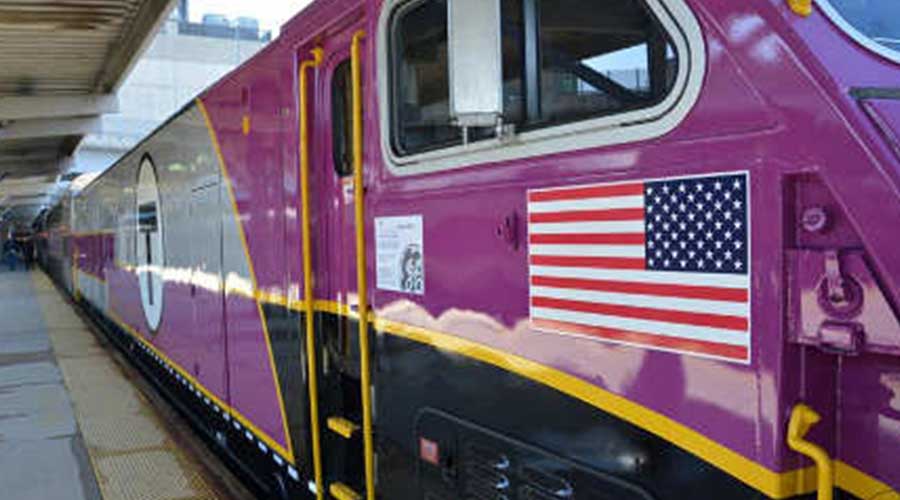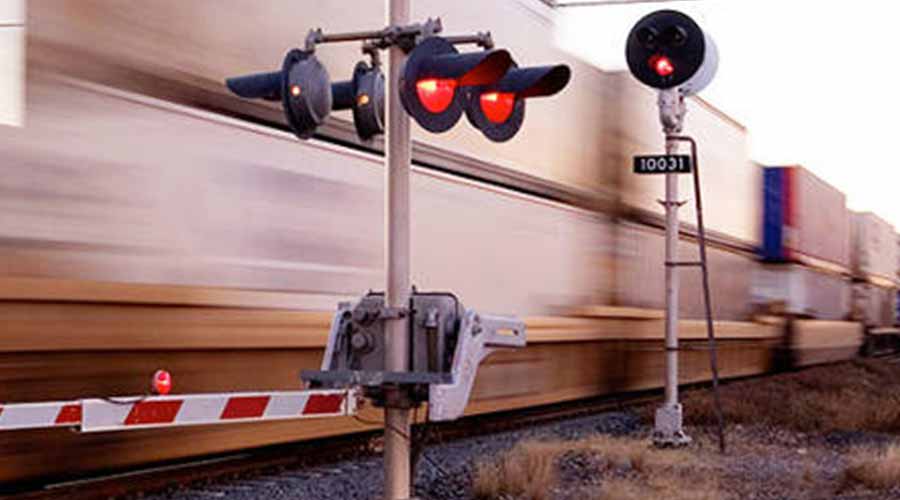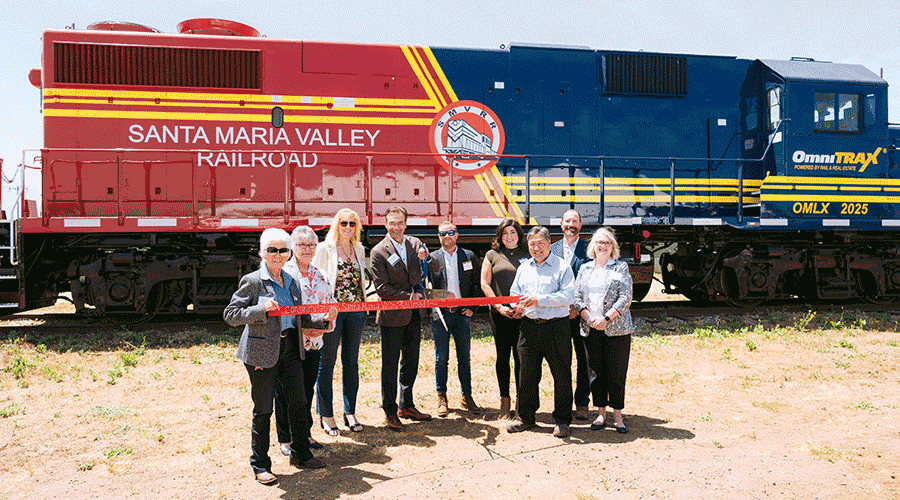Newsletter Sign Up
Stay updated on news, articles and information for the rail industry
Stay updated on news, articles and information for the rail industry
RAIL EMPLOYMENT & NOTICES
Rail News Home
Mechanical
Rail News: Mechanical
8/19/2011
Rail News: Mechanical
Caltrain recommends new operator contract, releases 'blended' operation study and receives FTA grant
advertisement
Yesterday, Caltrain management announced it negotiated a five-year contract with Herzog subsidiary TransitAmerica Services Inc. to operate the commuter-rail system.
If the Peninsula Corridor Joint Powers Board approves the contract, for the first time in 20 years Amtrak will not serve as operator of Caltrain’s system. The board is scheduled to vote on the contract Sept. 1.
The first full year (fiscal-year 2013) of the contract would cost $62.5 million, which is within the projected operating and capital budgets, Caltrain officials said in a prepared statement. Subsequent contract amounts are subject to annual negotiations.
“We made a business decision to go to the marketplace, and the result is an opportunity for a partnership between TransitAmerica and Caltrain that can meet the high expectations we have for a safe, reliable, viable Peninsula commuter rail service, now and in the future,” said Caltrain Executive Director Michael Scanlon. “This is a contractor with the experience, the know-how and the vision to assist Caltrain in operating a system that provides opportunities for improvements, expansion, cost and operational efficiencies.”
With a transition to a new operator, federal regulations will provide job protections for current employees, Caltrain officials said.
Four firms sought the operator contract, including Peninsula Corridor Rail Services Inc., a partnership between Amtrak and Bombardier Transportation.
Meanwhile, Caltrain’s potential relationship with a future high-speed rail (HSR) system in California took a step forward this week, when a new study suggested the rail corridor could accommodate both HSR and Caltrain service by sharing existing track in most areas. The “blended option” would minimize impacts on local neighborhoods and “considerably” reduce the project’s cost, Caltrain officials said.
Based on preliminary data, the analysis supports a concept proposed by U.S. Rep. Anna Eshoo (D-Calif.), California Sen. Joe Simitian and State Assemblyman Richard Gordon, who suggested the project share existing track structure within the Caltrain right of way to save costs and address local concerns about building new track through neighborhoods.
To date, design alternatives for the project have included fully grade-separated, four-track options that span most of the corridor’s length. The new study indicates a “much less intrusive, more cost effective alternative is sufficiently valid to justify additional study,” Caltrain officials said.
Caltrain hired LTK Engineering Services to assess the corridor’s capacity. Using a computer model to simulate rail operations, the analysis showed that electrification of the corridor and installation of an advanced signaling system could provide enough track capacity to operate six electric Caltrain trains and two HSR trains per hour.
The addition of a seven- to eight-mile section of four tracks near the center of the rail line would provide passing track and expand capacity to accommodate as many as four HSR trains per hour in addition to six Caltrain trains, agency officials said.
Also yesterday, Caltrain announced it will receive a $750,000 grant from the Federal Transit Administration (FTA) to develop a comprehensive railroad maintenance program. Caltrain is one of six U.S. commuter railroads to participate in the FTA’s $3 million pilot program on maintenance.
The funds will be used to develop an all-inclusive program designed to track the condition and maintenance of Caltrain’s physical assets.
If the Peninsula Corridor Joint Powers Board approves the contract, for the first time in 20 years Amtrak will not serve as operator of Caltrain’s system. The board is scheduled to vote on the contract Sept. 1.
The first full year (fiscal-year 2013) of the contract would cost $62.5 million, which is within the projected operating and capital budgets, Caltrain officials said in a prepared statement. Subsequent contract amounts are subject to annual negotiations.
“We made a business decision to go to the marketplace, and the result is an opportunity for a partnership between TransitAmerica and Caltrain that can meet the high expectations we have for a safe, reliable, viable Peninsula commuter rail service, now and in the future,” said Caltrain Executive Director Michael Scanlon. “This is a contractor with the experience, the know-how and the vision to assist Caltrain in operating a system that provides opportunities for improvements, expansion, cost and operational efficiencies.”
With a transition to a new operator, federal regulations will provide job protections for current employees, Caltrain officials said.
Four firms sought the operator contract, including Peninsula Corridor Rail Services Inc., a partnership between Amtrak and Bombardier Transportation.
Meanwhile, Caltrain’s potential relationship with a future high-speed rail (HSR) system in California took a step forward this week, when a new study suggested the rail corridor could accommodate both HSR and Caltrain service by sharing existing track in most areas. The “blended option” would minimize impacts on local neighborhoods and “considerably” reduce the project’s cost, Caltrain officials said.
Based on preliminary data, the analysis supports a concept proposed by U.S. Rep. Anna Eshoo (D-Calif.), California Sen. Joe Simitian and State Assemblyman Richard Gordon, who suggested the project share existing track structure within the Caltrain right of way to save costs and address local concerns about building new track through neighborhoods.
To date, design alternatives for the project have included fully grade-separated, four-track options that span most of the corridor’s length. The new study indicates a “much less intrusive, more cost effective alternative is sufficiently valid to justify additional study,” Caltrain officials said.
Caltrain hired LTK Engineering Services to assess the corridor’s capacity. Using a computer model to simulate rail operations, the analysis showed that electrification of the corridor and installation of an advanced signaling system could provide enough track capacity to operate six electric Caltrain trains and two HSR trains per hour.
The addition of a seven- to eight-mile section of four tracks near the center of the rail line would provide passing track and expand capacity to accommodate as many as four HSR trains per hour in addition to six Caltrain trains, agency officials said.
Also yesterday, Caltrain announced it will receive a $750,000 grant from the Federal Transit Administration (FTA) to develop a comprehensive railroad maintenance program. Caltrain is one of six U.S. commuter railroads to participate in the FTA’s $3 million pilot program on maintenance.
The funds will be used to develop an all-inclusive program designed to track the condition and maintenance of Caltrain’s physical assets.


 Class Is Think Long-Term Intermodal Growth Despite Short-Term Turmoil
Class Is Think Long-Term Intermodal Growth Despite Short-Term Turmoil
 Introducing The Rising Stars Of 2025
Introducing The Rising Stars Of 2025
 2025 C&S Spending Report
2025 C&S Spending Report
 BNSF Forms Team Focused On Growing Single Carloads
BNSF Forms Team Focused On Growing Single Carloads
 railPrime
railPrime








